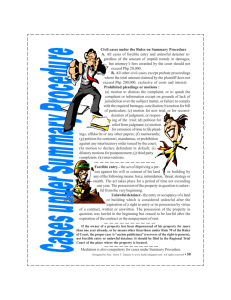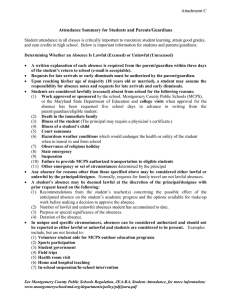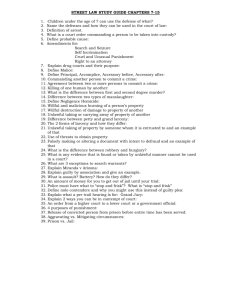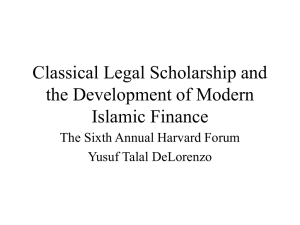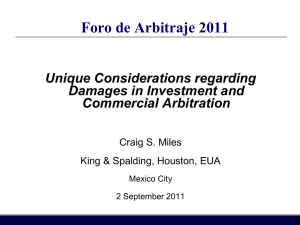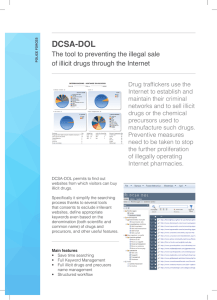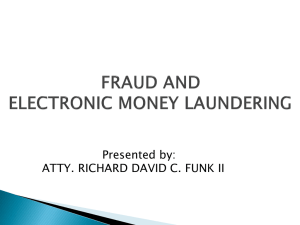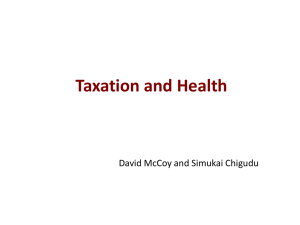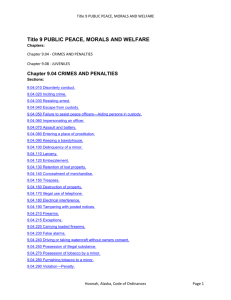Social Network Analysis Illicit Networks Capturing and
advertisement
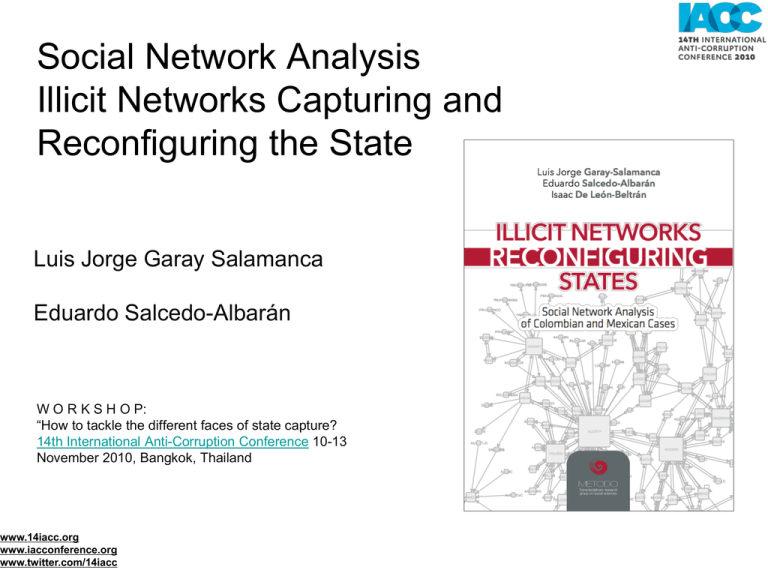
Social Network Analysis Illicit Networks Capturing and Reconfiguring the State Luis Jorge Garay Salamanca Eduardo Salcedo-Albarán W O R K S H O P: “How to tackle the different faces of state capture? 14th International Anti-Corruption Conference 10-13 November 2010, Bangkok, Thailand www.14iacc.org www.iacconference.org www.twitter.com/14iacc Traditional approach... • People have often thought that as a rule, organized crime confronts the State. However, the history of the relationship between the State and organized crime is not always one of confrontation. But... • • In some cases organized crime has been able to infiltrate and to co-opt some State institutions in order to achieve its unlawful objectives. On the other hand, government officials and politicians, in many cases, get along well with organized crime, taking advantage of its criminal power in order to obtain egoistic, exclusive and morally unlawful benefits. Economic purposes + Criminal purposes Legal agents + Ilegal agents Co-opted State Traditional Advanced State Reconfiguration Capture Capture (AStC) (StC) (CStR) Bribe + Violence + Instrumental Capture of Institutions Economic benefits + Penal benefits + Social benefits Co-opted State Reconfiguration “The action of lawful and unlawful organizations, which through unlawful practices seek to systematically modify from inside the political regime and to influence the drafting, modification, interpretation, and application of the rules of the game and public policies. [These practices are undertaken] with the purpose of obtaining sustained benefits and ensuring that their interests are validated politically and legally, as well as gaining social legitimacy in the long run, although these interests do not follow the founding principle of social welfare” Garay et al. (2009). Illicit Networks Reconfiguring States. Criminal organizations? Different types of illicit networks (i) Lawful = Only by bright agents. (ii) Unlawful = Only by dark agents. (iii) Undefined = Dark + Bright, or by grey agents. It can be therefore expected that StC and CStR situations are examples of grey networks. The lawful agent (bright) is that agent who belongs to a lawful organization and plays a lawful functional/ institutional role. The unlawful agent (dark) is that agent who belongs to an unlawful organization and plays an unlawful functional/institutional role. Two basic concepts Who is the most connected agent? Who is arbitrating the largest amount of information? Betweenness degree Direct centrality degree Capture and reconfiguration of institutions A few examples... 1. Illicit Network instrumentalizing the national executive office in Guatemala Social Network in Guatemala: •Narcotraffickers. •Bankers. •Ministers. •Public servants. •A President. Working together in money laundering 2. Illicit Network instrumentalizing the local executive office in a Colombian town Mayor of a Colombian town 3. Colombian Paramilitary group: - Instrumentalizing political institutions (parties). - Capturing the National Agency of Intelligence 4. Mexican Cartel capturing several institutions. 4. Mexican cartel and their relations with public servants. What institutions are affected? At what administrative levels? SNA as a tool for Institutional Diagnosis (SNAID), it is possible to determine to what extent a CStR process, has affected the institutional context of a State. Concentration of Social Relations (Familia Michoacana)

